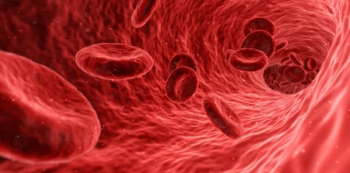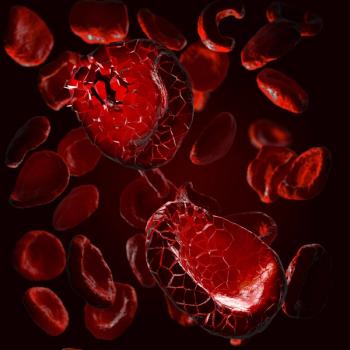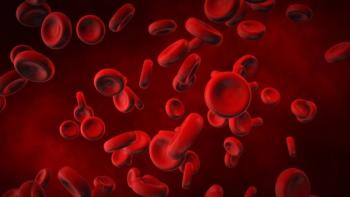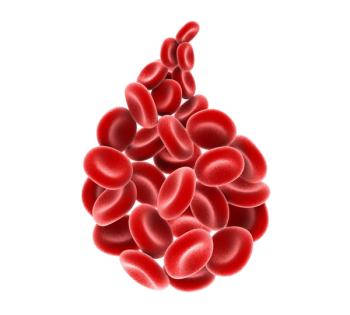
ONCOLOGY FORUM QUESTION
Rhetoric aside, initiatives such as comparative effectiveness and ACOs are designed to cut the costs of healthcare. Is there a way to effectively cut the cost of cancer care and maintain quality?
Rhetoric aside, initiatives such as comparative effectiveness and ACOs are designed to cut the costs of healthcare. Is there a way to effectively cut the cost of cancer care and maintain quality?
ONCOLOGY ed board member Donald Abrams, MD, weighs in…
Having worked in a relatively resource poor county hospital setting as an oncologist for nearly 30 years now, I appreciate that we have made incredible technologic advances in diagnosis and treatment of cancer patients. But I do need to wonder how many PET/CT scans I really need to order and how much longer my patients will survive if I test every tumor for markers and mutations up front.
Personally, I feel that the best way to cut the cost of cancer care would be if we paid more attention to cancer risk reduction through modifiable lifestyle changes.
The Standard American Diet is cancer fodder and most of my colleagues are totally unconscious or incredulous about the role of nutrition and physical activity in cancer. Oncologists should assume a lead role in promoting wellness and risk reduction as a way to cut cancer care costs up front so that we can continue to provide quality care to those patients who will still require it.
Donald I. Abrams, MD
Chief, Hematology-Oncology
San Francisco General Hospital
Integrative Oncology
UCSF Osher Center for Integrative Medicine
Professor of Clinical Medicine
University of California San Francisco
President, Society for Integrative Oncology
Newsletter
Stay up to date on recent advances in the multidisciplinary approach to cancer.

















































































